Forums
- Forums
- Duggy's Reference Hangar
- USAAF / USN Library
- MARTIN P6M SEAMASTER
MARTIN P6M SEAMASTER
Post a reply
- Go to Previous topic
- Go to Next topic
- Go to Welcome
- Go to Introduce Yourself
- Go to General Discussion
- Go to Screenshots, Images and Videos
- Go to Off topic
- Go to Works in Progress
- Go to Skinning Tips / Tutorials
- Go to Skin Requests
- Go to IJAAF Library
- Go to Luftwaffe Library
- Go to RAF Library
- Go to USAAF / USN Library
- Go to Misc Library
- Go to The Ops Room
- Go to Made in Germany
- Go to Campaigns and Missions
- Go to Works in Progress
- Go to Juri's Air-Raid Shelter
- Go to Campaigns and Missions
- Go to Works in Progress
- Go to Skinpacks
- Go to External Projects Discussion
- Go to Books & Resources
-
7 years agoMon Jan 01 2024, 02:21pmDuggy
 Main AdminText by Greg Goebel (Thanks) link - http://www.airvectors.net/
Main AdminText by Greg Goebel (Thanks) link - http://www.airvectors.net/
In the post-World War II period, the US Air Force built up the Strategic Air Command (SAC), a nuclear strike force of long-range bombers. US Navy brass realized that the strategic nuclear mission was now of overwhelming importance, all the more so because defense budgets were being cut, and wanted to build up a Navy own nuclear strike capability to keep from being overshadowed by the Air Force / SAC.
Proposals to build a "super carrier", the USS UNITED STATES, as a floating base for Navy strategic bombers were shot down in 1949, and so the Naval Bureau of Aeronautics came up with another scheme, the "Seaplane Striking Force (SSF)". The SSF envisioned a fleet of big, jet-powered seaplanes that would not only be capable of long-range nuclear strike, but would also be useful for conventional bombing, reconnaissance, and mine-laying. Laying mines was seen as particularly important, since to reach the open seas the Soviet Navy had to pass through a number of "bottlenecks" that could be blocked by mining. The seaplanes would be able to operate from advanced areas, supported by a seaplane tender or even a submarine.
The Navy issued a request to industry in April 1951. The SSF seaplane was to carry 13,600 kilograms (30,000 pounds) of warload to a target over 2,400 kilometers (1,500 miles) from the seaplane's aquatic "base". The aircraft was to be capable of a Mach 0.9 dash at low altitude. Convair and Martin submitted proposals, with Martin winning the competition. On 31 October 1952, the Navy awarded Martin a contract for two prototypes, with the company designation of "Model 275" and the Navy designation of "XP6M-1", plus a static test article. This initial order soon led to further contracts for six pre-production service evaluation machines, with the designation of "YP6M-1", and up to 24 full-production machines, with the designation of "P6M-2". Martin gave the aircraft the name "SeaMaster"; apparently the company had run out of names starting with "Mar".
The Martin design team was led by George Trimble, an aeronautical engineer and head of the Martin advanced design department; J.D. Pierson, a hydrodynamicist; and J.L. Decker, an aerodynamicist. Using the P5M Marlin flying boat as a starting point, they developed a revised hull design, with a length-to-beam ratio of 15:1, which was felt to offer the best efficiency in both air and water. The XP5M-1 Marlin flying boat prototype was rebuilt to test the new hull design, with this test aircraft designated the "Martin Model 270".
The original powerplant was supposed to have been a Curtis-Wright turbo-ramjet engine, but that engine suffered development problems, and so the decision was made to fit the SeaMaster with four Allison J71-A-4 turbojet engines with 57.87 kN (5,900 kgp / 13,000 lbf) afterburning thrust each, mounted in pairs in nacelles above the wing near the wing roots. The J71 was a derivative of the J35 axial-flow turbojet; the J35 was used on the Republic F-84 Thunderjet, being originally developed by General Electric as the TG-180 but passed on to Allison for full production.
The wings featured a sweepback of 40 degrees and ended in wingtip tanks that served as floats; the wing had a strong anhedral droop to ensure the floats made contact with the water. The wingtip floats were also fitted with gear to help dock the aircraft. The SeaMaster was to have a pressurized cockpit and crew of four, including pilot, copilot, navigator / radio operator, and flight engineer. The SeaMaster leveraged off Martin's advanced XB-51 attack bomber design, with features such as an "all flying" tee tail and a rotating bombbay -- in fact, early Martin concepts that led up to the SeaMaster had envisioned a seaplane derivative of the XB-51. The bombbay flipped over in flight to expose munitions or camera payloads, and was pneumatically sealed to keep it watertight. The sole defensive armament was a remote-controlled tail turret with twin 20-millimeter cannon and fire-control radar.
The first SeaMaster prototype was rolled out in secret on 21 December 1954, and performed its first flight on 14 July 1955, with Martin test pilot George Rodney at the controls. The flight test program revealed only one serious flaw: the engines scorched the rear fuselage, and so the use of afterburner had to be limited. The Navy publicly announced the SeaMaster in November 1955, inviting the press to witness the rollout of the second XP6M-1 prototype. Unlike the first prototype, the second prototype was fitted with operational navigation and bombing gear.
The test program continued smoothly until 7 December 1955, two days after the death of Glenn L. Martin. During a routine check flight for the first Navy pilot, the initial SeaMaster prototype crashed into Chesapeake Bay, killing all four aircrew. The post-mortem revealed a control-system fault that caused the aircraft to pitch nose down, bending its wings down and ripping them off. The second SeaMaster prototype was refitted with new flight instrumentation and ejection seats. Test flights finally resumed in May 1956. Unfortunately, the second prototype went out of control on 9 November 1956 during a flight test of a modified tail configuration. The aircraft broke up, but the crew were able to eject safely. The problem was traced down to an error in the design calculations for the tail control system.
Despite the loss of both prototypes, the Navy still remained enthusiastic about the SeaMaster. A beaching cradle was designed to allow SeaMasters to taxi in and out of the water, and two landing ship docks, two seaplane tenders, and the submarine USS GUAVINA were sent to shipyards to refit them as SeaMaster support vessels. A home base was set up at Naval Air Station Harvey Point, near Elizabeth City, North Carolina.
The first pre-production YP6M-1 was rolled out in November 1957, with flight tests resuming in January 1958. It featured afterburning Allison J71-A-6 engines, which were visibly "toed out" to reduce the effect of exhaust blast on the rear fuselage. The engine inlets were also moved back from the leading edge of the wing, presumably to reduce water ingestion. Five more YP6M-1s were built in 1958 and participated in an extensive flight test program, performing practice drops of conventional and (dummy) nuclear munitions, and evaluating day and night photoreconnaissance pallets.
The first production P6M-2 was rolled out in early 1959. The production SeaMaster featured more powerful non-afterburning Pratt & Whitney J75-P-2 turbojet engines with 77.89 kN (7,940 kgp / 17,500 lbf) max thrust each, providing a total increase of 53.36 kN (5,440 kgp / 12,000 lbf) thrust, and permitting a substantial increase in gross weight. The engine installation was visibly different: the engine exhausts in the XP6M-1 and YP6M-2 had been staggered, but they were parallel in the P6M-2.
MARTIN P6M-2 SEAMASTER:
_____________________ _________________ _______________________
spec metric english
_____________________ _________________ _______________________
wingspan 31.37 meters 102 feet 11 inches
wing area 176 sq_meters 1,900 sq_feet
length 40.84 meters 134 feet
height 9.88 meters 32 feet 5 inches
empty weight 41,400 kilograms 91,285 pounds
max loaded weight 80,000 kilograms 176,400 pounds
maximum speed 1,010 KPH 630 MPH / 550 KT
service ceiling 12,200 meters 40,000 feet
range 3,200 kilometers 2,000 MI / 1,740 NMI
_____________________ _________________ _______________________
The increased gross weight meant the production SeaMasters sat lower in the water, and so the wing anhedral was eliminated. The P6M-2 was fitted with a new canopy, featuring large overhead panels for a better field of view; solid-state Sperry navigation and bombing systems; and a mid-air refueling probe. A probe-and-drogue tanker kit was also developed that could be plugged into the SeaMaster's bombbay, allowing it to be quickly converted into a tanker.
The SeaMaster was a futuristic aircraft, and its performance demonstrated that it wasn't just a pretty toy. The wings were built very strong for low altitude operation, with aluminum 2.5 centimeters (an inch) thick at the wing roots, allowing the SeaMaster to attain the Mach 0.9 requirement for "on the deck" flight. In contrast, the Boeing B-52 was only capable of Mach 0.55 at low altitude.
Three production P6M-2s had been completed by the summer of 1959, with all-Navy crews moving them through operational conversion for service introduction in early 1960. Five more were in construction. However, the Navy had been steadily cutting back the number of production aircraft, from 24, to 18, and then to 8, and then on 21 August 1959 canceled the SeaMaster program completely. There were loud protests, since the program had cost about $400 million USD and the machine was certainly whizzy, but in truth the SeaMaster was an obsolete concept. The Navy was already moving full steam ahead to a much more effective nuclear deterrent capability in the form of the Polaris ballistic missile submarine.
Martin tried to promote other seaplane designs, such as an eight-engine airliner version of the SeaMaster that was informally called the "SeaMistress", but the writing was on the wall. Martin formally abandoned the aircraft business to focus on missiles and defense electronics. The SeaMasters that had been built sat idle for over a year and were then scrapped, and sadly only bits and pieces of them survive.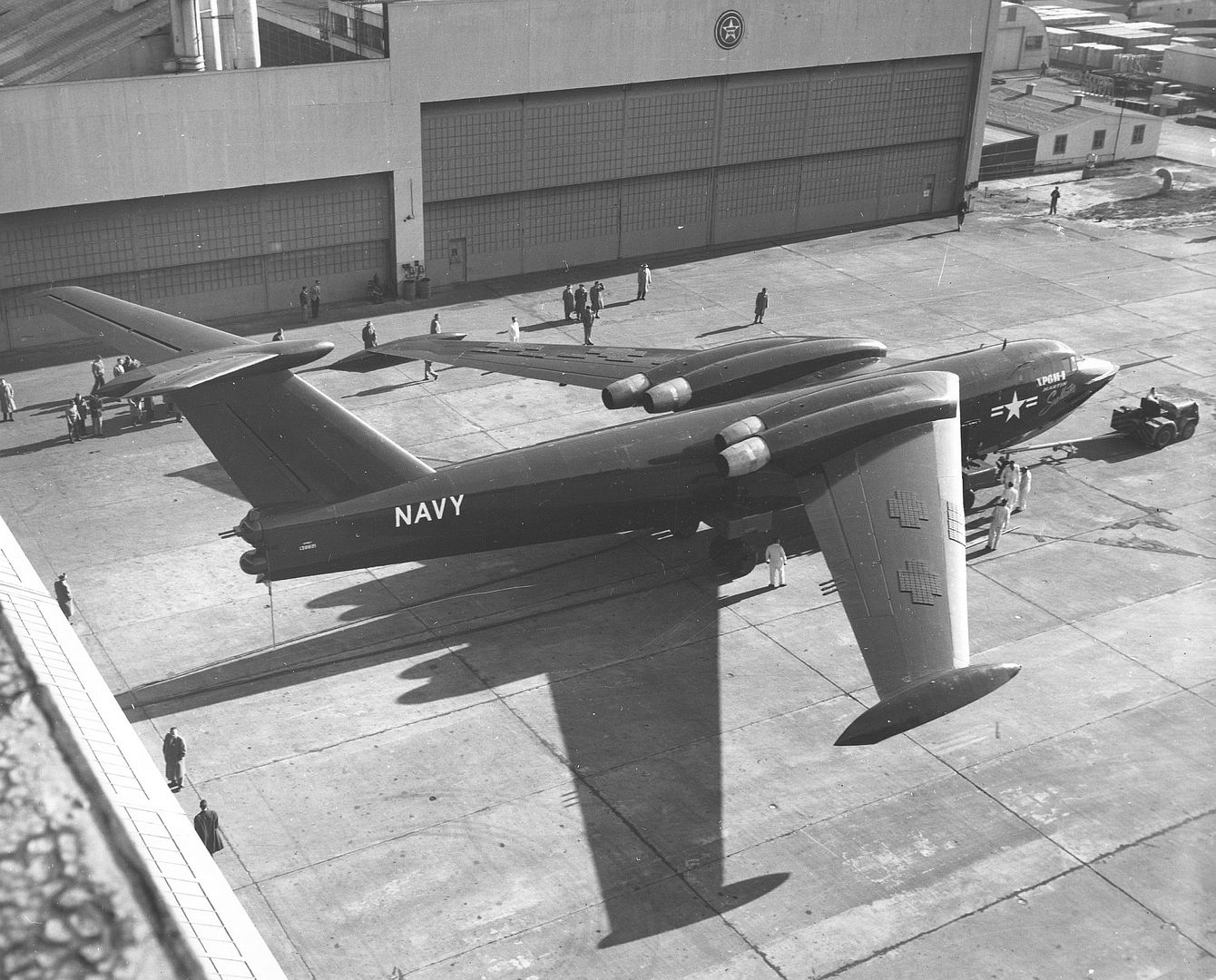
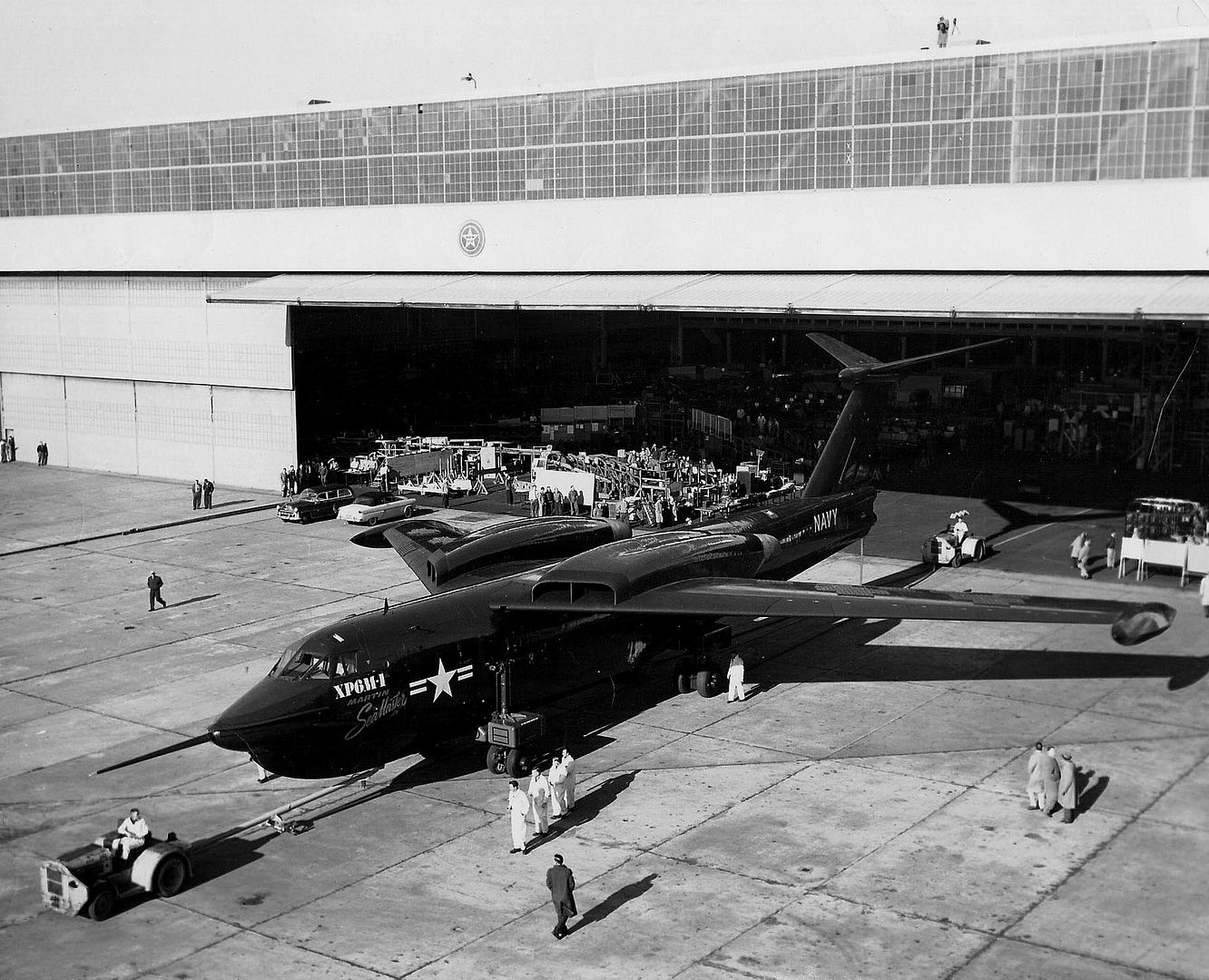
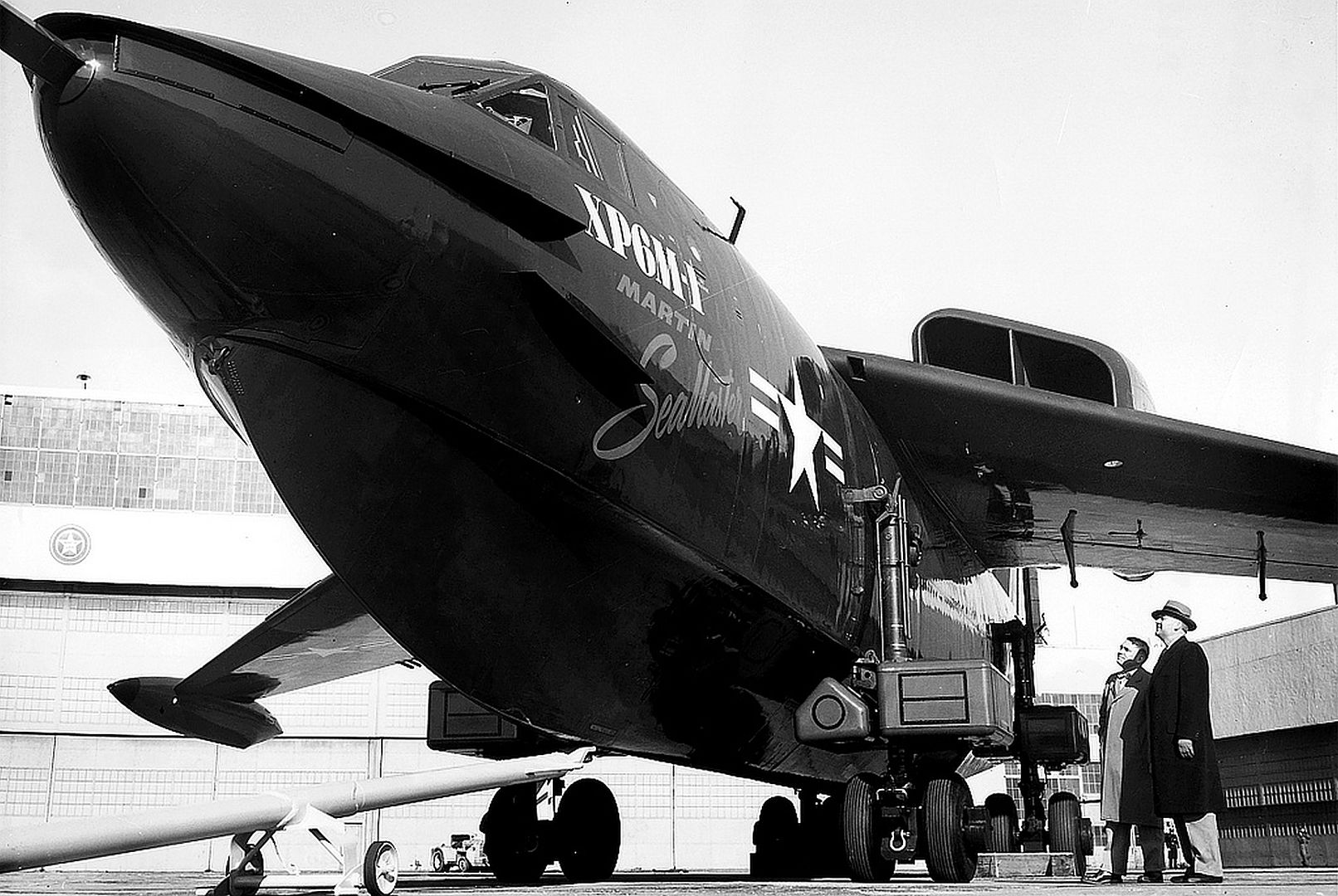
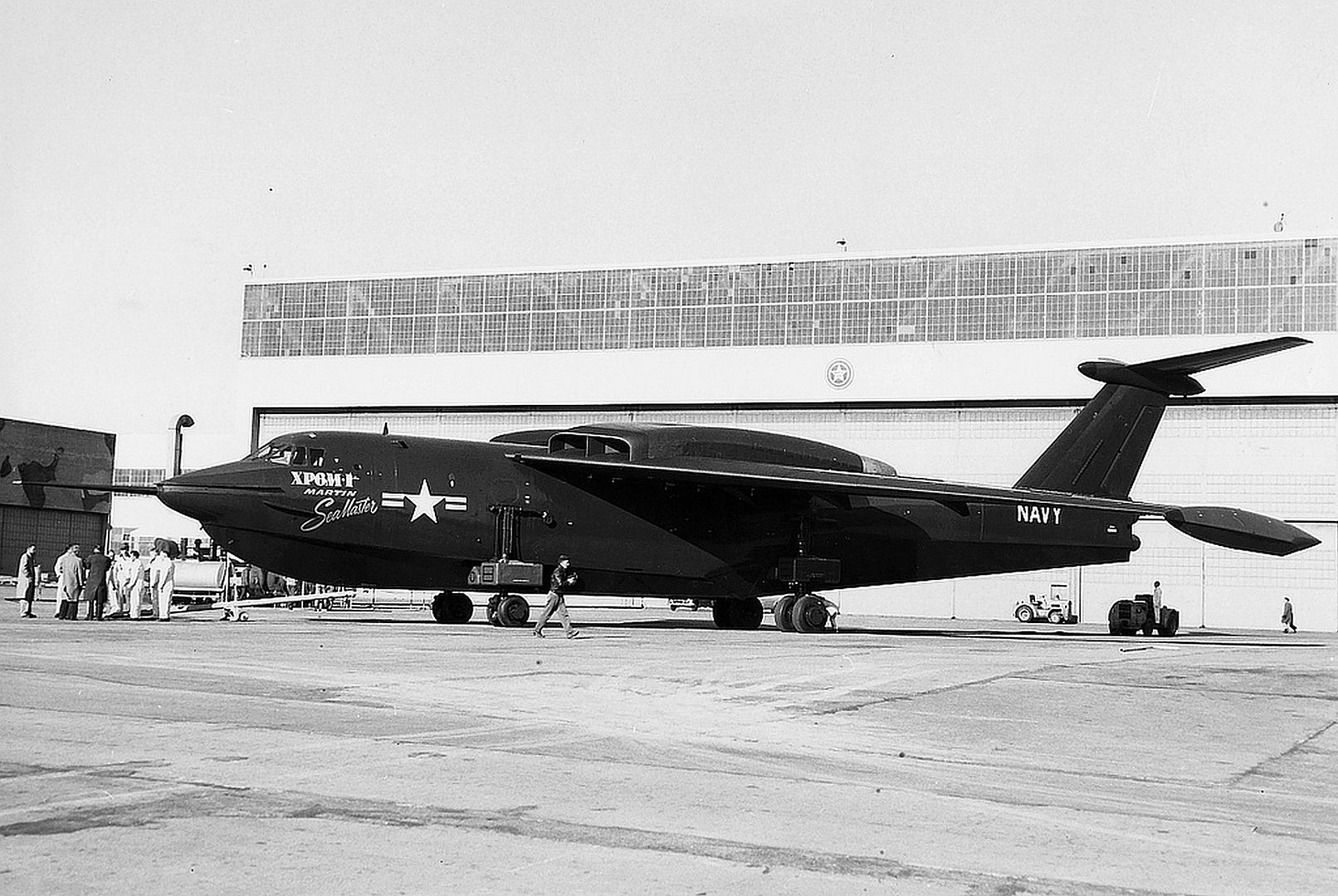

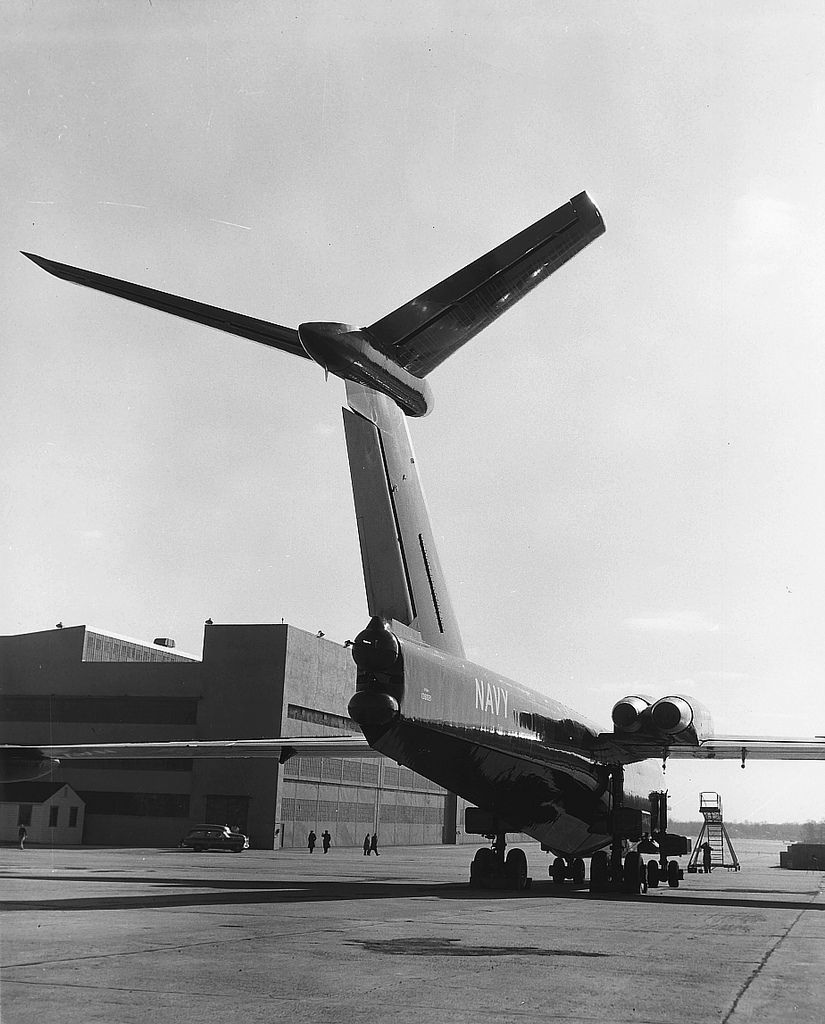




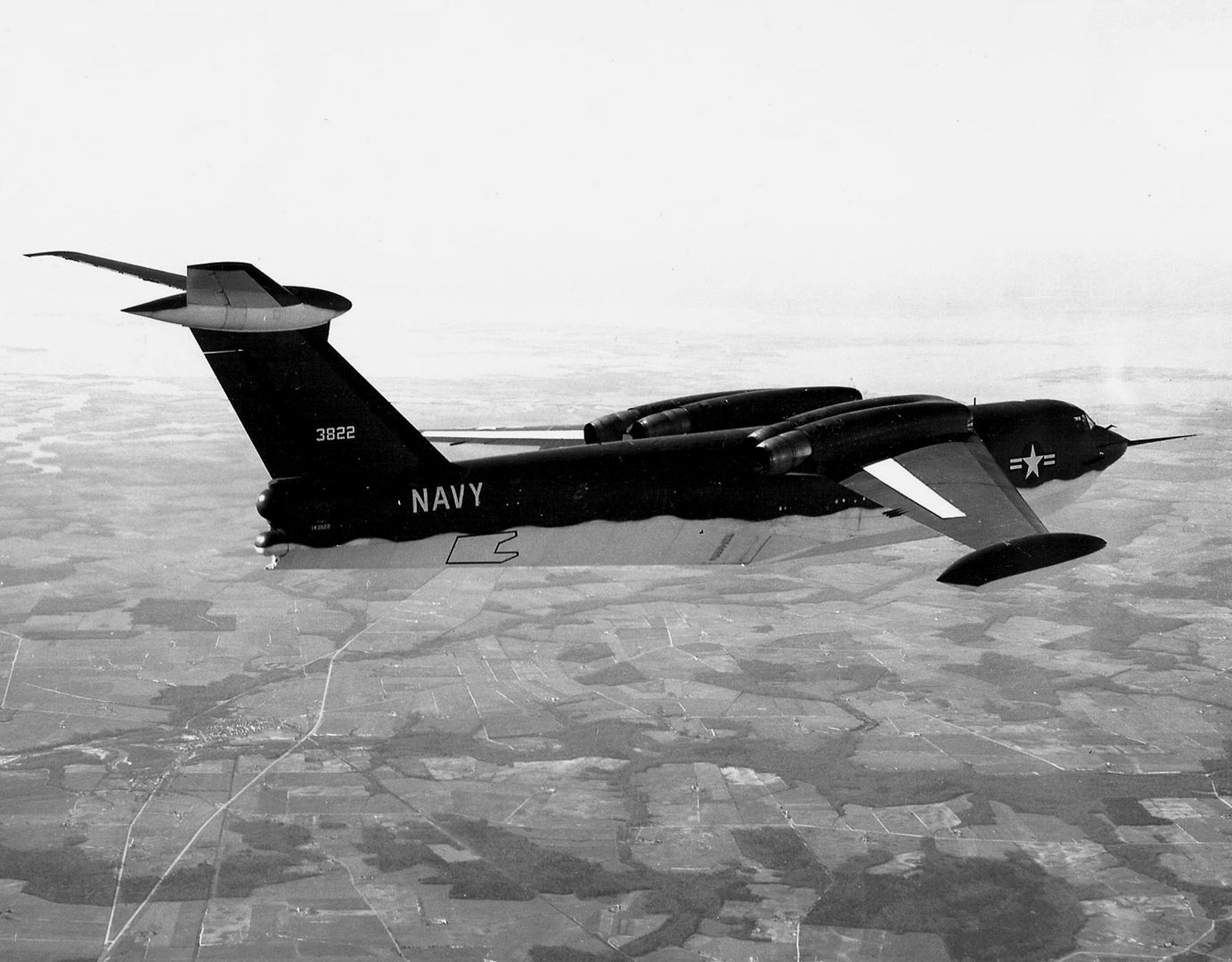
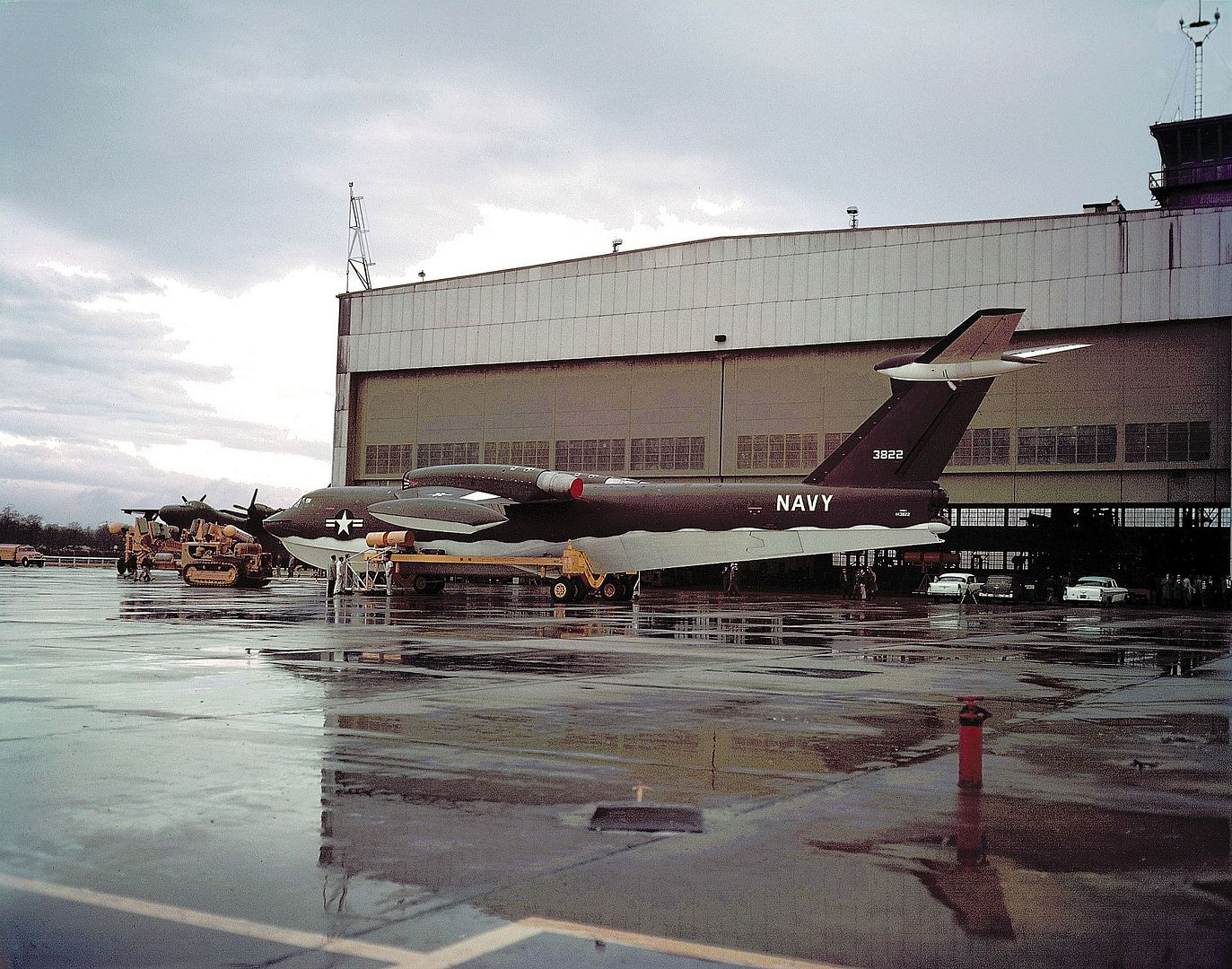
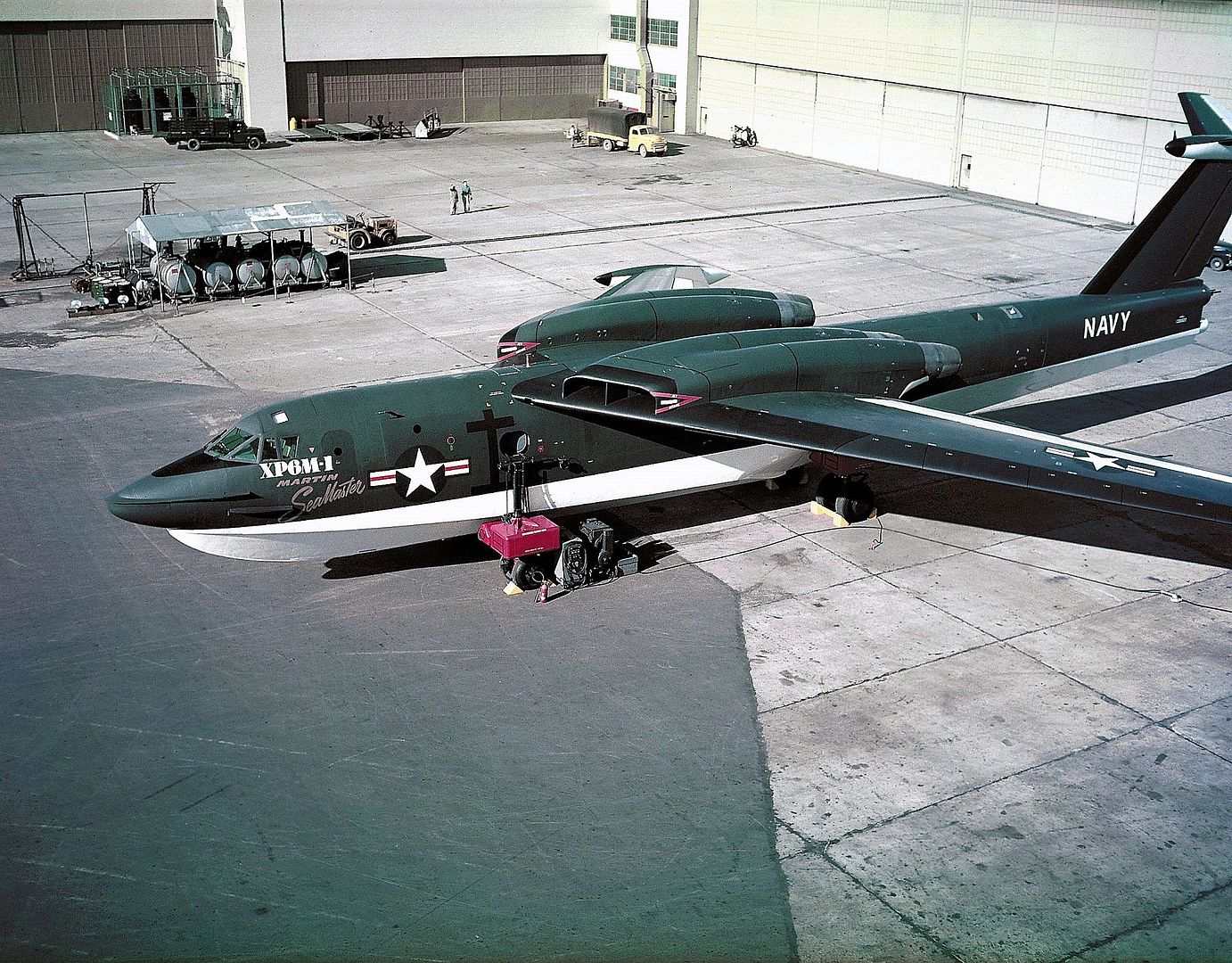
Post a reply
- Go to Previous topic
- Go to Next topic
- Go to Welcome
- Go to Introduce Yourself
- Go to General Discussion
- Go to Screenshots, Images and Videos
- Go to Off topic
- Go to Works in Progress
- Go to Skinning Tips / Tutorials
- Go to Skin Requests
- Go to IJAAF Library
- Go to Luftwaffe Library
- Go to RAF Library
- Go to USAAF / USN Library
- Go to Misc Library
- Go to The Ops Room
- Go to Made in Germany
- Go to Campaigns and Missions
- Go to Works in Progress
- Go to Juri's Air-Raid Shelter
- Go to Campaigns and Missions
- Go to Works in Progress
- Go to Skinpacks
- Go to External Projects Discussion
- Go to Books & Resources
